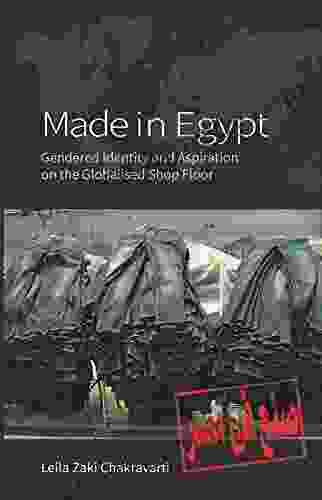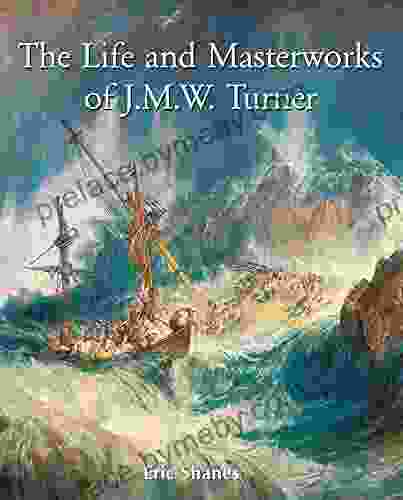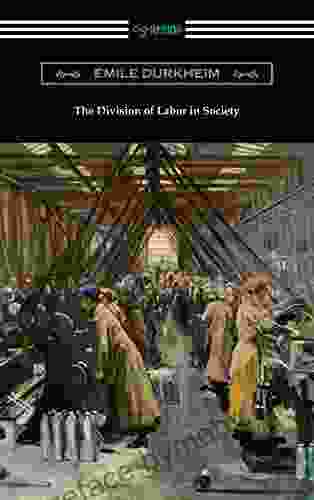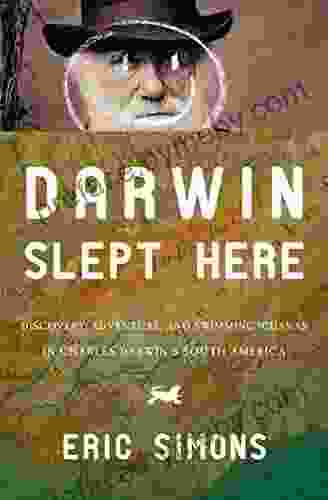The Division of Labor in Society: An Exploration of Its Impact on Our Lives

<meta name="viewport" content="width=device-width, initial-scale=1.0"> <meta name="keywords" content="Division of labor, Émile Durkheim, sociology, social structure, social change, social solidarity, organic solidarity, mechanical solidarity"> <link rel="stylesheet" href="style.css"> The division of labor is a fundamental aspect of human society. It refers to the way in which different tasks and responsibilities are allocated among different individuals or groups. The division of labor can be found in all societies, from the simplest to the most complex. It is a key factor in the development and functioning of social institutions, and it has a profound impact on our individual lives. In his classic work, The Division of Labor in Society, Émile Durkheim argues that the division of labor is a key factor in the development of social solidarity. Durkheim distinguishes between two types of social solidarity: mechanical solidarity and organic solidarity. Mechanical solidarity is based on the similarity of individuals in a society, while organic solidarity is based on the interdependence of individuals. Durkheim argues that the division of labor leads to a decline in mechanical solidarity and an increase in organic solidarity. <h2>Mechanical Solidarity</h2> Mechanical solidarity is based on the similarity of individuals in a society. This similarity can be based on a number of factors, such as shared values, beliefs, and customs. In societies with mechanical solidarity, individuals are relatively undifferentiated from one another. They perform similar tasks and have similar roles in society. As a result, they feel a strong sense of unity and belonging. However, Durkheim argues that the division of labor leads to a decline in mechanical solidarity. As the division of labor increases, individuals become more specialized in their tasks. This specialization leads to a decrease in the similarity between individuals. As a result, individuals feel less connected to one another and less invested in the collective good. <h2>Organic Solidarity</h2> Organic solidarity is based on the interdependence of individuals in a society. This interdependence is created by the division of labor. As the division of labor increases, individuals become more dependent on one another for the goods and services they need. This interdependence leads to a sense of solidarity and cooperation. Durkheim argues that organic solidarity is a more advanced form of social solidarity than mechanical solidarity. Organic solidarity is based on a recognition of the mutual benefits of cooperation. It is a more stable and enduring form of solidarity than mechanical solidarity. <h2>The Division of Labor and Social Change</h2> The division of labor has a profound impact on social change. As the division of labor increases, societies become more complex and differentiated. This differentiation leads to the development of new social institutions and new forms of social organization. The division of labor also leads to changes in the way that individuals interact with one another. In societies with a high degree of division of labor, individuals are more likely to interact with strangers than with people they know well. This can lead to a decline in social trust and a sense of isolation. <h2>The Division of Labor and Inequality</h2> The division of labor can also lead to inequality. As the division of labor increases, some individuals become more powerful and wealthy than others. This inequality can lead to social conflict and instability. Durkheim argues that there are two main sources of inequality in the division of labor. The first source is the unequal distribution of resources. Some individuals have more access to resources than others, which gives them an advantage in the competition for jobs and other rewards. The second source of inequality is the unequal distribution of skills and abilities. Some individuals have more skills and abilities than others, which gives them an advantage in the job market. The division of labor is a fundamental aspect of human society. It has a profound impact on our social interactions, institutions, and values. Durkheim's theory of the division of labor provides a valuable framework for understanding the development and functioning of social solidarity. It also helps us to understand the challenges and opportunities that arise as the division of labor increases. The Division of Labor in Society is a classic work of sociology. It is a must-read for anyone who wants to understand the nature of human society.Alt Attribute for Image
4.5 out of 5
| Language | : | English |
| File size | : | 3841 KB |
| Text-to-Speech | : | Enabled |
| Screen Reader | : | Supported |
| Enhanced typesetting | : | Enabled |
| Word Wise | : | Enabled |
| Print length | : | 412 pages |
| Lending | : | Enabled |
Do you want to contribute by writing guest posts on this blog?
Please contact us and send us a resume of previous articles that you have written.
 Book
Book Novel
Novel Page
Page Chapter
Chapter Text
Text Story
Story Genre
Genre Reader
Reader Library
Library Paperback
Paperback E-book
E-book Magazine
Magazine Newspaper
Newspaper Paragraph
Paragraph Sentence
Sentence Bookmark
Bookmark Shelf
Shelf Glossary
Glossary Bibliography
Bibliography Foreword
Foreword Preface
Preface Synopsis
Synopsis Annotation
Annotation Footnote
Footnote Manuscript
Manuscript Scroll
Scroll Codex
Codex Tome
Tome Bestseller
Bestseller Classics
Classics Library card
Library card Narrative
Narrative Biography
Biography Autobiography
Autobiography Memoir
Memoir Reference
Reference Encyclopedia
Encyclopedia Jeni Wittrock
Jeni Wittrock Gerd Gigerenzer
Gerd Gigerenzer Eric Gadus
Eric Gadus R Bruce Hoadley
R Bruce Hoadley Lucinda Berry
Lucinda Berry Scott M Madden
Scott M Madden Elad Elrom
Elad Elrom Ellen Marie Wiseman
Ellen Marie Wiseman Elisa Kleven
Elisa Kleven Glenn Berkenkamp
Glenn Berkenkamp Eric Lomax
Eric Lomax Sunil Tulsiani
Sunil Tulsiani John P Kotter
John P Kotter Henry Cole
Henry Cole Jamie Markle
Jamie Markle Eric Engle
Eric Engle Elizabeth Bohorquez Rn
Elizabeth Bohorquez Rn Emilie Conrad Da Oud
Emilie Conrad Da Oud Sally Connolly
Sally Connolly Georg Rauch
Georg Rauch
Light bulbAdvertise smarter! Our strategic ad space ensures maximum exposure. Reserve your spot today!

 Jared PowellUnleash Your AP Biology Potential: Master the Exam with "Steps to AP Biology...
Jared PowellUnleash Your AP Biology Potential: Master the Exam with "Steps to AP Biology... Tom HayesFollow ·8.6k
Tom HayesFollow ·8.6k Dalton FosterFollow ·12k
Dalton FosterFollow ·12k W. Somerset MaughamFollow ·11.7k
W. Somerset MaughamFollow ·11.7k Yasushi InoueFollow ·2.4k
Yasushi InoueFollow ·2.4k Craig CarterFollow ·9.7k
Craig CarterFollow ·9.7k Evan SimmonsFollow ·3.4k
Evan SimmonsFollow ·3.4k Alex ReedFollow ·4.5k
Alex ReedFollow ·4.5k Gene SimmonsFollow ·6.5k
Gene SimmonsFollow ·6.5k

 Richard Adams
Richard AdamsGame Development with Rust and WebAssembly: A...
Are you passionate...

 David Baldacci
David BaldacciGendered Identity and Aspiration on the Globalized Shop...
: The Convergence of Gender, Identity, and...

 Natsume Sōseki
Natsume SōsekiFresh Eyes On Panama: A Captivating Exploration of a...
Panama, a country often overshadowed by its...

 Adrian Ward
Adrian WardThe Life and Masterworks of J.M.W. Turner: A Timeless...
The Man Behind the Masterpieces ...
4.5 out of 5
| Language | : | English |
| File size | : | 3841 KB |
| Text-to-Speech | : | Enabled |
| Screen Reader | : | Supported |
| Enhanced typesetting | : | Enabled |
| Word Wise | : | Enabled |
| Print length | : | 412 pages |
| Lending | : | Enabled |














